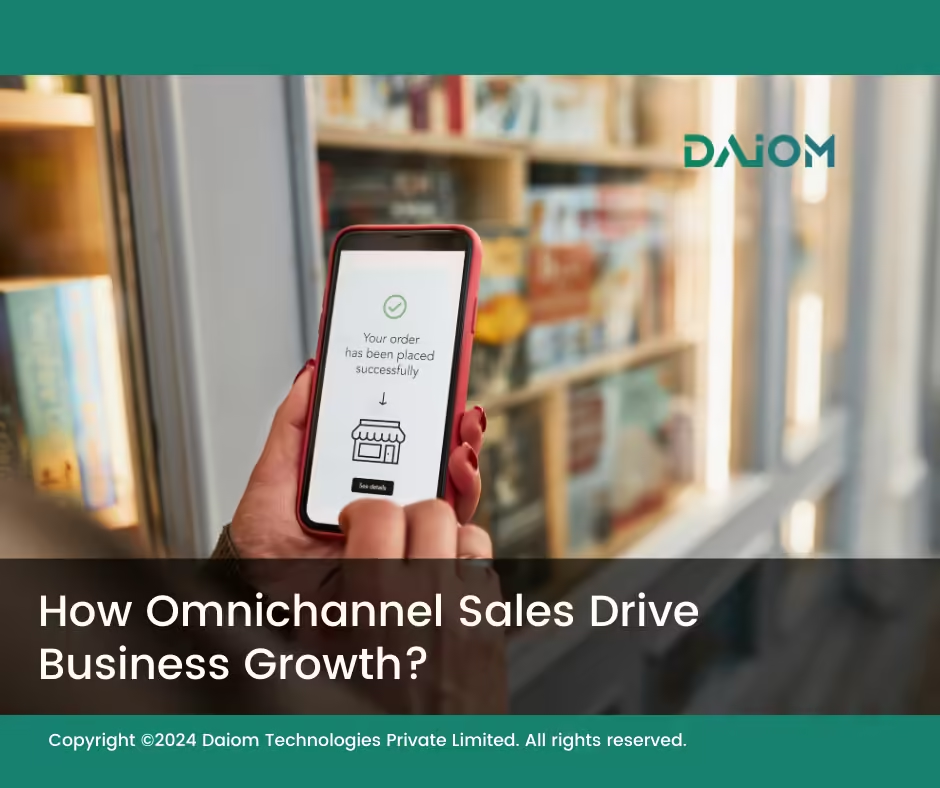Omnichannel Sales is about making your products available on all the right sales channels for your business.
This could mean listing on online marketplaces like Zepto, building a presence in multi-brand outlets such as Shoppers Stop or DMart, or setting up your own store, website, or app.
Each option provides a unique opportunity to control the customer experience, grow brand recognition, and create direct engagement channels that boost customer loyalty.
But not every brand needs its own store.
For example, a cookie brand won’t open standalone stores. Instead, they focus on listing in big multi-brand outlets like DMart, VMart, and Reliance Smart, where FMCG products sell well because they’re accessible for everyday shopping.
The key is to choose the sales channels that suit your product type and reach your customers where they’re shopping. It’s about making their shopping experience seamless across all platforms.
Table of Contents
1. What is Omnichannel Sales?
Omnichannel sales is a strategy that blends both online and offline sales channels to provide customers with a smooth journey.
The data from Omnichannel sales goes into understanding the customers by looking at how they interact with the brand across different places—whether that’s online, offline, or even on social media.
This data helps get a real sense of what the customers need and how they shop, so brands can create marketing and sales strategies that actually resonate.
It’s about using what you know to connect with them better and, ultimately, drive growth that feels meaningful and lasting.
To successfully implement omnichannel sales, it’s crucial to understand the audience’s preferences and choose channels that complement the product.
Consumers today use various ways to shop, including:
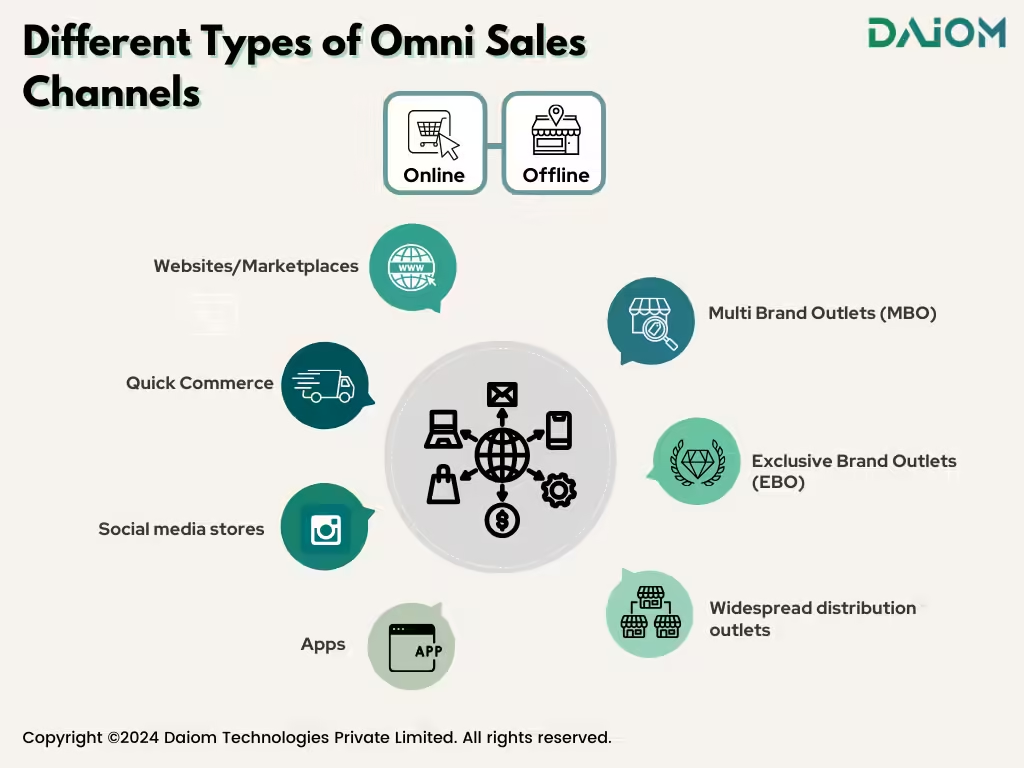
- Websites: Brand or multi-brand sites where people can shop online.
- Marketplaces: Platforms like Amazon or Flipkart where many brands sell their products, giving customers a range of choices.
- Quick Commerce: Apps like Zepto and Blinkit that deliver essentials and small items quickly, like groceries or snacks.
- Social Media Stores: Shops on platforms like Instagram and Facebook, letting users buy directly from social media.
- Apps: Mobile shopping apps that make it easy to browse and buy from your phone.
- Multi-Brand Outlets (MBOs): Physical stores that sell products from different brands in one location.
- Exclusive Brand Outlets (EBOs): Physical stores dedicated to a single brand’s products.
- Widespread Distribution Outlets: Shops and stores widely available, often in different areas, for easy customer access.
2. The Importance of Omnichannel Sales
Omnichannel sales are crucial for giving customers a smooth shopping experience. When you offer multiple ways to shop, like online and in-store, customers can choose what works best for them. This helps brands:
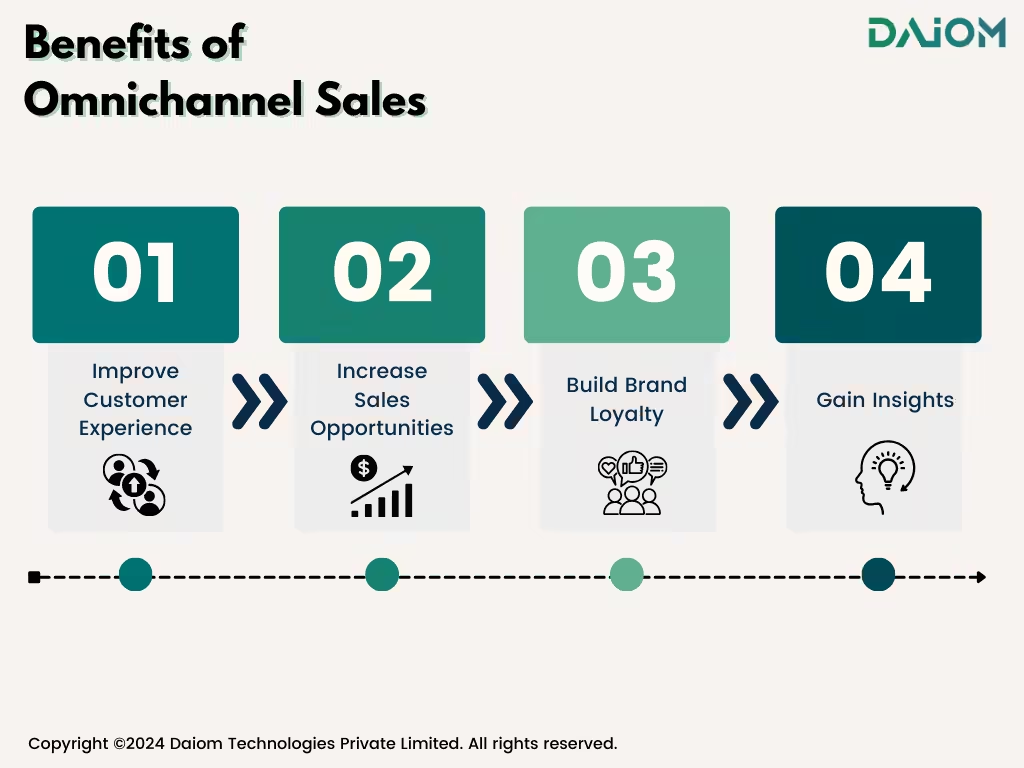
- Improve Customer Experience: Customers can shop however they want, moving between channels with ease.
- Increase Sales Opportunities: More places to buy means more chances for customers to make a purchase.
- Build Brand Loyalty: A smooth, consistent experience makes customers feel good about coming back.
- Gain Insights: Collecting data from different channels helps businesses understand customer needs better and improve their marketing.
3. How To Choose The Right Strategy For Omnichannel Sales?
When creating an omnichannel strategy, businesses should consider where their customers shop, how to integrate sales channels smoothly, ensure consistent service across platforms, and gather data to understand customer behavior. This helps tailor the shopping experience and improve marketing efforts.

- Target Audience: Understanding where your customers prefer to shop is crucial. Conduct market research to identify their habits.
- Product Type: Different products may require different approaches. For instance, perishable goods may need faster distribution methods compared to durable goods.
- Budget Constraints: Not every company can afford extensive retail operations. Smaller brands might focus on online sales or partnerships with established retailers instead of opening their own stores.
- Logistics and Supply Chain Management: Efficient logistics are essential for successful omnichannel operations. Companies must ensure they can deliver products quickly across all channels.
4. How Leading Brands Are Leveraging Omnichannel Sales?
Different types of products lend themselves to various sales channels. Here’s a breakdown of common product categories and their typical distribution strategies:
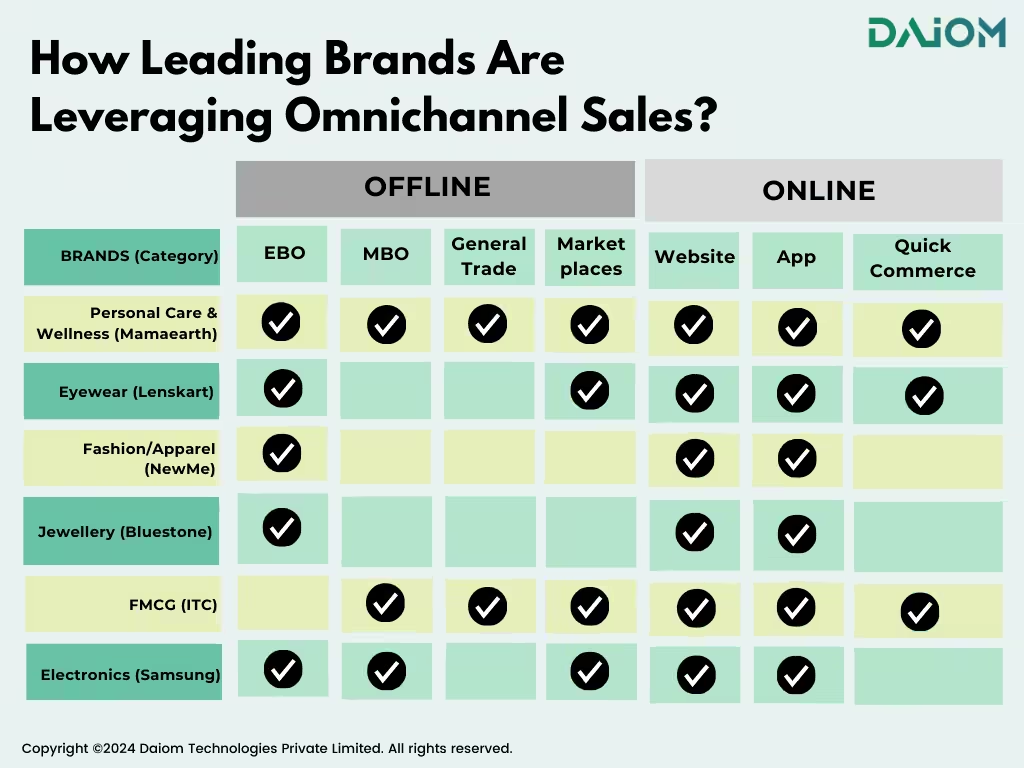
4.1. Personal Care & Wellness (Mamaearth)
- Online Presence: Mamaearth leverages a broad online reach by utilizing its own website and app. They are also present on marketplaces like Amazon and Flipkart, which boosts accessibility for a wide audience. Furthermore, they utilize quick commerce platforms for faster delivery, catering to the on-demand needs of their customers.
- Offline Strategy: Mamaearth has exclusive brand outlets (EBOs) that create a direct connection with customers, offering a tactile shopping experience and the ability to experience products firsthand.

4.2. Eyewear (Lenskart)
- Online Presence: Lenskart has a strong online presence with both a dedicated website and app. These platforms allow customers to browse, try on eyewear virtually, and make purchases with convenience.
- Offline Strategy: Lenskart has invested in EBOs to give customers the opportunity to try out products in person. By expanding offline, they address the customer need for physical try-ons and personalized assistance.
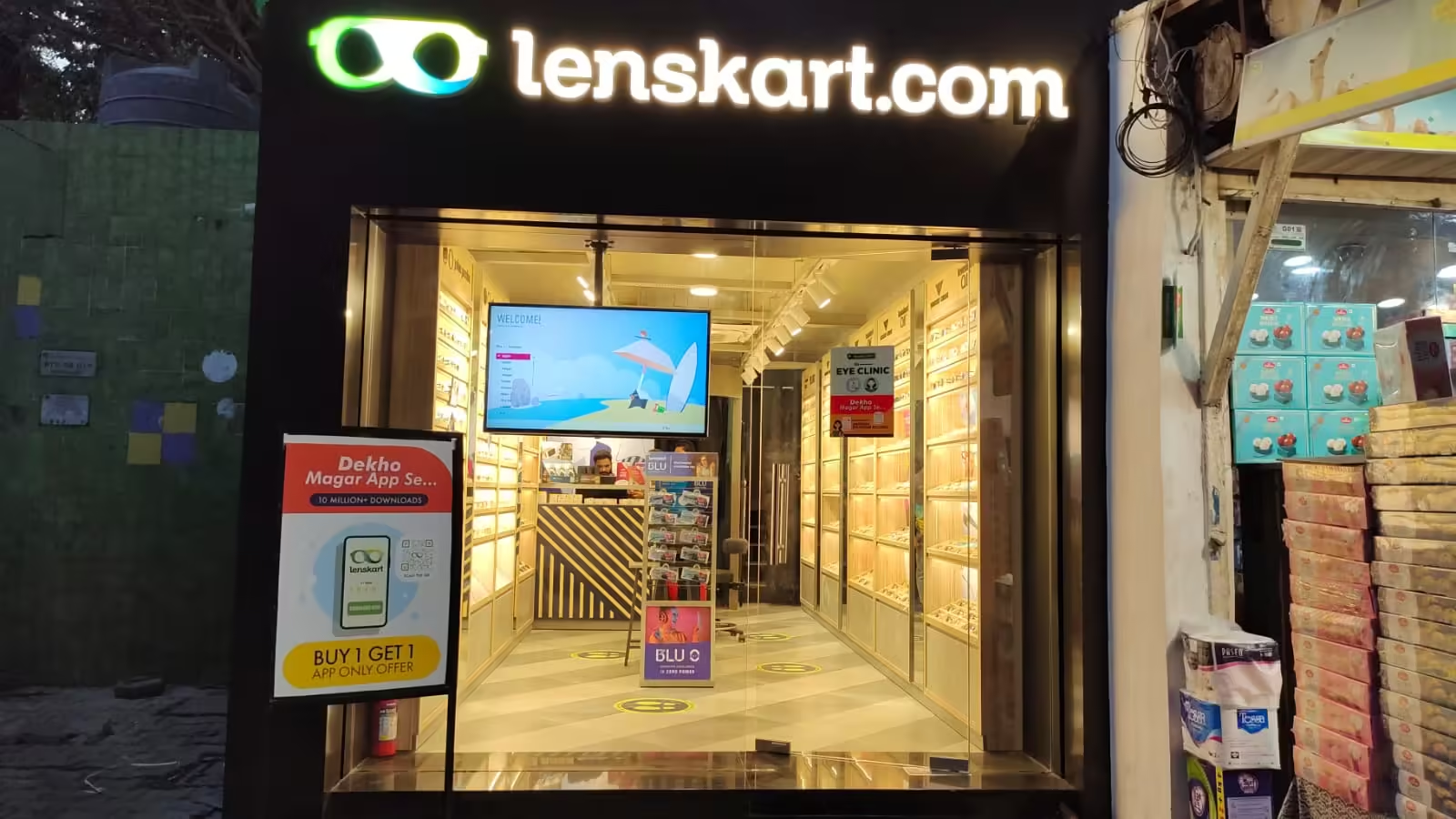
4.3. Fashion/Apparel (NewMe)
- Online Presence: NewMe utilizes online channels such as their website and app, creating a seamless shopping experience. They are also available on major marketplaces, helping them reach a larger customer base and increase brand visibility.
- Offline Strategy: The brand focuses on EBOs for their offline strategy, providing a branded shopping environment where customers can engage with the latest collections and styles.
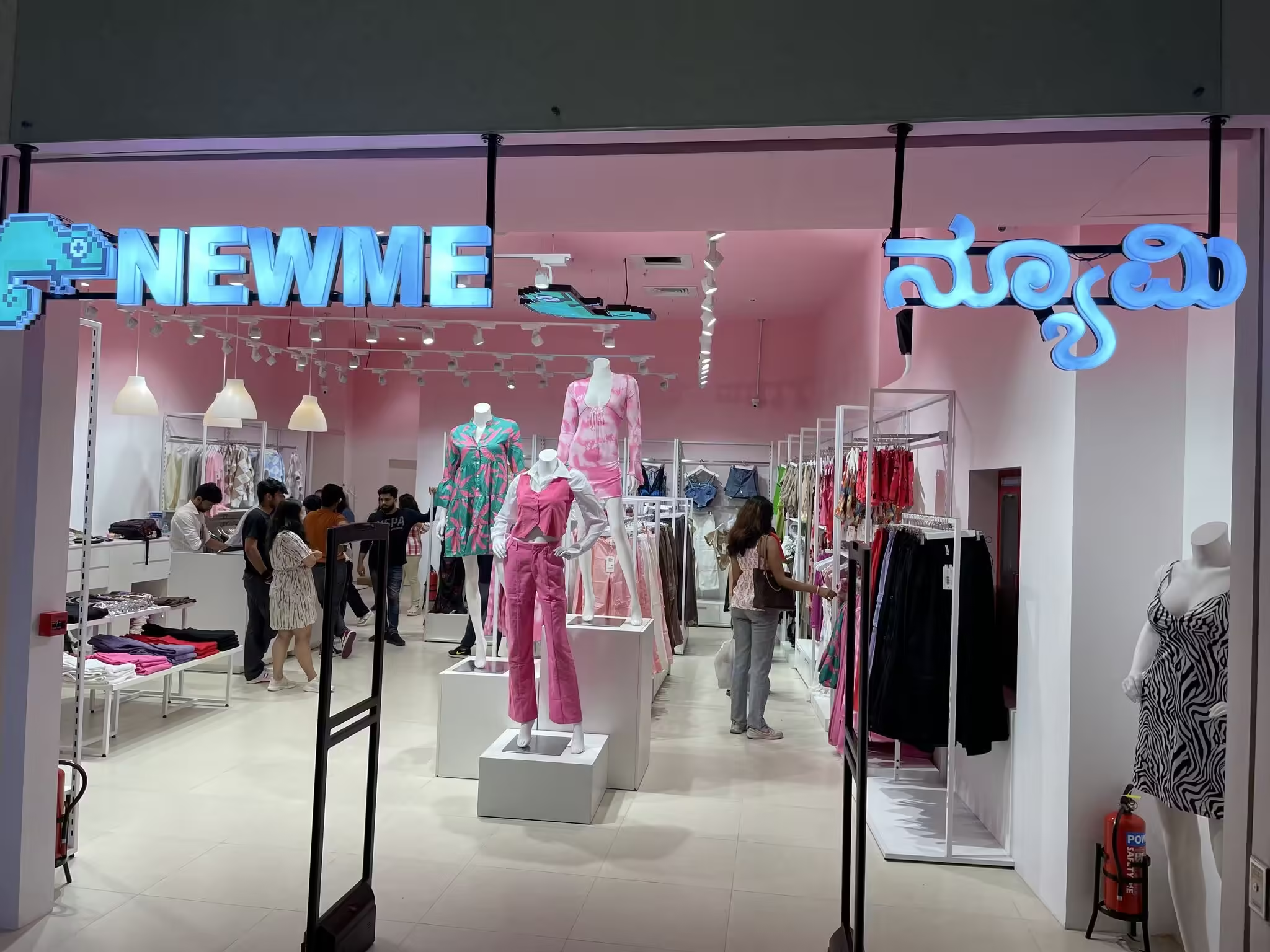
4.4. Jewellery (Bluestone)
- Online Presence: Bluestone operates a strong online website, making it easy for customers to browse through a variety of designs and make purchases with convenience.
- Offline Strategy: Bluestone maintains EBOs to allow customers to view and try on jewelry in a physical space, which is critical in the jewelry category due to the tactile and visual nature of the products.

4.5. FMCG (ITC)
- Online Presence: ITC’s digital presence includes its website and quick commerce channels, allowing customers to order FMCG products for quick delivery, especially for essential items.
- Offline Strategy: ITC distributes its products widely across general trade and MBO/category stores, ensuring easy access for customers through local retailers and supermarkets.
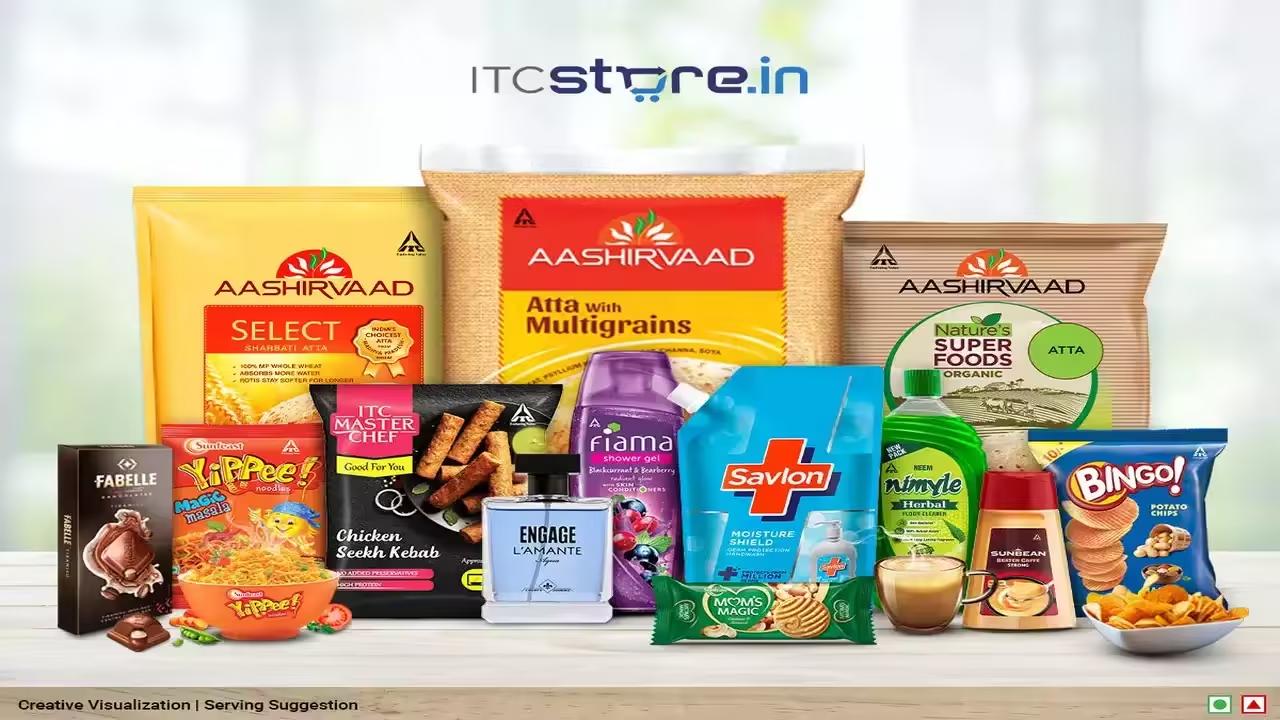
4.6. Electronics (Samsung)
- Online Presence: Samsung uses its website for direct sales and marketplaces for broader reach, capitalizing on e-commerce traffic to meet customer demands for convenience.
- Offline Strategy: Samsung has a strong EBO network to offer hands-on experiences with their products. They also utilize MBO/category stores to make their products available at major electronics retailers.
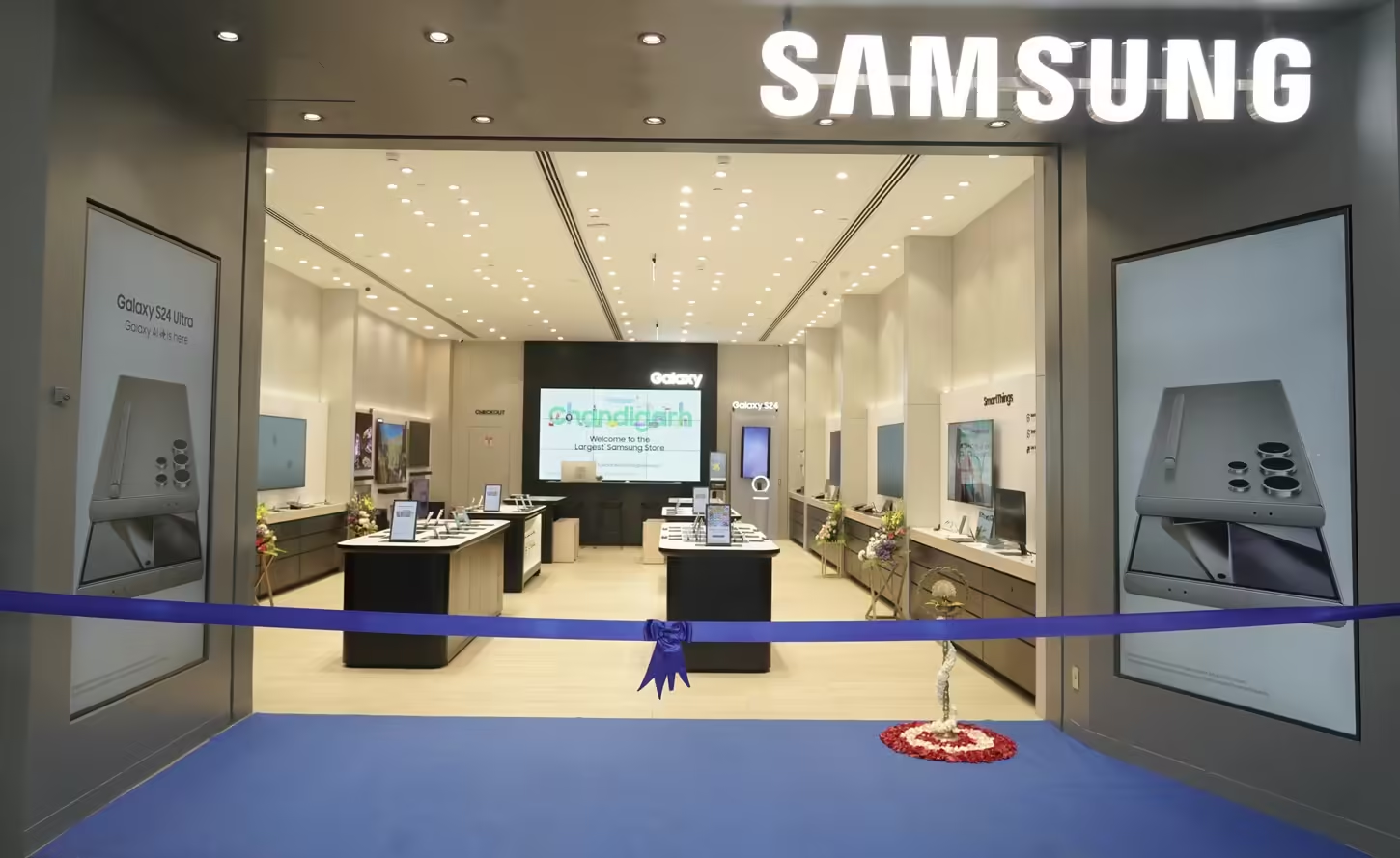
Each of these product and brand categories demonstrate the effectiveness of the omnichannel sales approach, where brands leverage both online and offline channels to enhance customer engagement, drive sales, and deliver a seamless shopping experience.
If you are not taking care of your customer, your competitor will.
Bob Hooey
5. Conclusion
Omnichannel sales represent a modern approach to retail that aligns with consumer behavior in today’s digital age.
By understanding the various sales channels available and tailoring strategies based on product type and target audience, businesses can effectively enhance customer experiences and drive sales growth.
Whether you are a large FMCG brand or a niche luxury retailer, embracing an omnichannel strategy is key to staying competitive in the evolving marketplace.
If you’d like to discuss how we can help enhance and optimize your Omnichannel strategies, we’d be happy to set up a consultation call. Feel free to reach out to us at alibha@daiom.in
For more informative content and blog, follow and stay tuned to DAiOM.
Subscribe to our NEWSLETTER!


